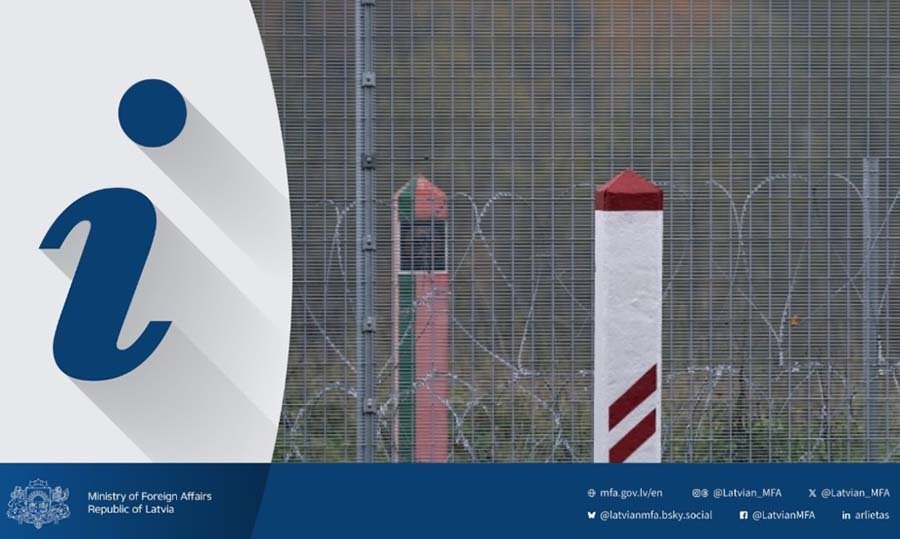читайте также
 European Commission Reviews Complaints on Rights Violations of Russians in Latvia
European Commission Reviews Complaints on Rights Violations of Russians in Latvia
 Italy bans Russians from entering other Schengen countries: fact or fiction?
Italy bans Russians from entering other Schengen countries: fact or fiction?
 Unauthorized construction in Serbia promises to be legalized
Unauthorized construction in Serbia promises to be legalized
 Albania Real Estate Market 2025: Hotels, Offices, Retail Growth and Investment Risks
Albania Real Estate Market 2025: Hotels, Offices, Retail Growth and Investment Risks
 Where Is the Best Place to Retire: Global Citizen Solutions Report
Where Is the Best Place to Retire: Global Citizen Solutions Report
 Hotels in Vietnam: weak service and climate risks
Hotels in Vietnam: weak service and climate risks
Schengen Says Goodbye to Passport Stamps: EU to Launch Digital Border Controls

Photo: ec.europa.eu
Starting October 12, 2025, the European Union will begin the phased rollout of its new Entry/Exit System (EES), according to Travel and Tour World. This system will transform border control procedures for third-country nationals entering the Schengen Area.
The EES will replace traditional passport stamps with digital records. The system will collect a traveler’s name, document type, four fingerprints, a facial image, and the date and location of border crossing. It will also automatically register entry refusals. The new platform will help enforce migration regulations, particularly the 90/180-day rule (no more than 90 days in any 180-day period).
Biometric data will only be collected during the first border crossing, making future entries smoother. According to the European Commission, the system will be deployed at all external borders of Schengen member states, including Iceland, Liechtenstein, Norway, and Switzerland. Ireland and Cyprus are not participating at this stage.
The new procedure will apply to all third-country nationals, except for those holding a valid residence permit or long-stay visa.
The launch on October 12 will mark the beginning of a 180-day transitional period. During this time, EU states will gradually link their border checkpoints to the EES. By the end of this phase, the entire Schengen Area—including France, Germany, Italy, Spain, the Netherlands, Poland, Portugal, and Bulgaria—will have transitioned to the new system.
It's still unclear how the EES will interface with current visa platforms. During the transition, travelers may experience delays, and passport stamps might temporarily remain as a backup.
Initial processing times are expected to increase, especially at busy transport hubs where new biometric data collection will be required. However, all technical components are already in place, and the system will eventually operate at all air, sea, and land borders.
The EES is part of the EU’s broader "smart borders" initiative, which also includes ETIAS—the electronic travel authorization system for visa-exempt travelers. ETIAS has been delayed but will be integrated later.
According to the European Commission, the EES will improve border efficiency, transparency, and security. The digital format will reduce human error and ensure consistent data collection across the EU.
EU Commissioner for Home Affairs and Migration Magnus Brunner emphasized that the system will provide real-time data on entries and exits, strengthen security, and foster trust among member states.
Henna Virkkunen, Executive VP for Security Technology, called the shift a “milestone in border management,” noting that it will make the EU’s digital border control one of the most advanced globally.
The European Tourism Association (ETOA) supported the gradual rollout. CEO Tom Jenkins warned against a sudden change, stressing the need for smooth adaptation by both authorities and travelers: “It will be a slow process... but once implemented, it should function much more reliably.”
The launch of the EES marks a major shift. Travelers to the Schengen Area should prepare for new procedures and allow extra time during border crossings. The transitional period will end in April 2026.





